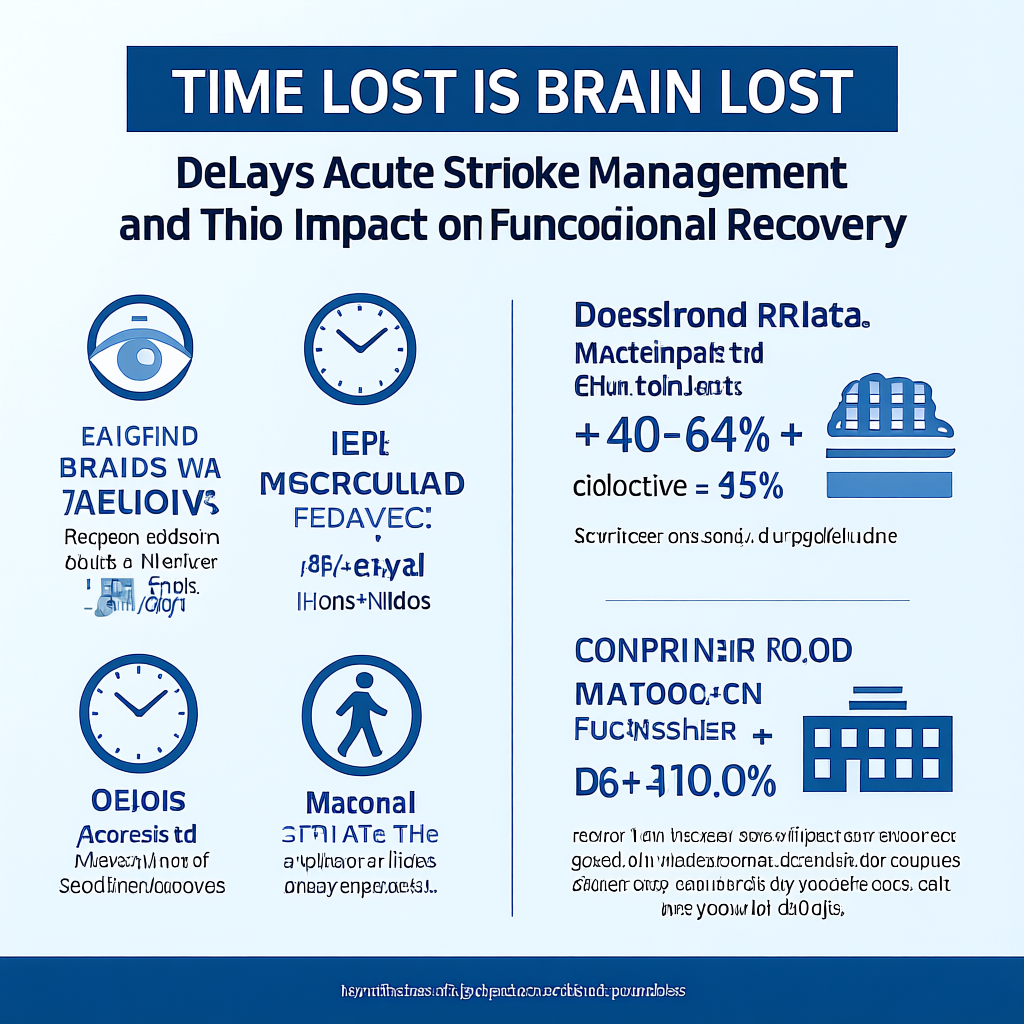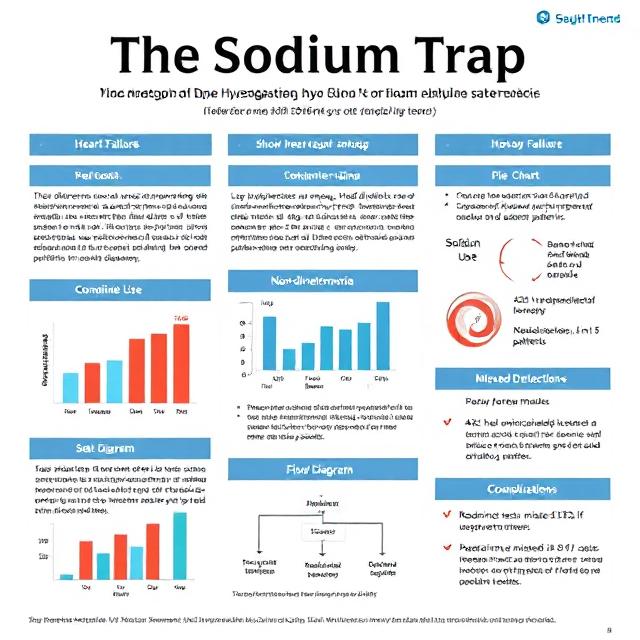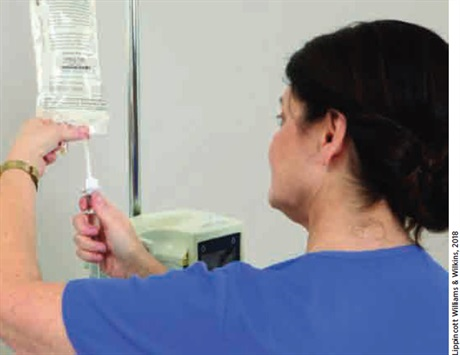Health Calling Report
Lactated Ringer's: A Clear Winner for Pancreatitis Resuscitation
Summary
Pancreatitis is a challenging condition often seen in emergency departments, affecting approximately 34 out of 100,000 adults annually. The traditional approach to fluid resuscitation involved the use of normal saline (NS). However, emerging research now favors Lactated Ringer's (LR) due to its balanced electrolyte composition and anti-inflammatory properties.
Why Lactated Ringer's?
LR more closely resembles human plasma, reducing complications such as hyperchloremic acidosis and metabolic imbalances often caused by NS. Studies show that LR lowers levels of inflammatory markers like CRP and IL-6, reduces organ dysfunction, and decreases the risk of severe pancreatitis complications, including systemic inflammatory response syndrome (SIRS).
Key Study Findings
A pivotal study across 22 international sites revealed significant benefits for patients receiving LR within the first 24 hours of hospitalization:
- Lower incidence of severe pancreatitis and complications
- Reduced rates of ICU admission and shorter hospital stays
- Decreased systemic inflammation and risk of fluid overload
Comparative Outcomes: LR vs. NS
| Outcome | Lactated Ringer's (LR) | Normal Saline (NS) |
|---|---|---|
| Electrolyte composition | Balanced, similar to plasma | High chloride content |
| Risk of hyperchloremic acidosis | Lower risk | Higher risk |
| Impact on CRP & IL-6 | Reduces CRP, IL-6 | No effect |
| SIRS incidence | Reduced | Higher |
| Risk of necrotizing pancreatitis | Lower risk | Higher risk |
| ICU admission | Fewer | More |
| Length of hospital stay | Shorter | Longer |
| One-year mortality | Lower | Higher |
Future Insights
Ongoing studies like the WATERLAND trial aim to confirm LR's advantages through randomized controlled trials. These studies focus on inflammatory markers like CRP and SIRS to determine LR's role in mitigating severe outcomes. Until these results are available, the evidence strongly supports the use of LR as a safe and effective choice for early pancreatitis resuscitation.
Conclusion
The shift from NS to LR reflects growing recognition of LR's superiority in managing pancreatitis. By reducing inflammation, complications, and ICU admissions, LR offers better outcomes for patients. Emergency physicians are encouraged to adopt LR for fluid resuscitation in pancreatitis while awaiting further research results.
For more information, visit the journal Emergency Medicine Research.
The Rise of Mpox in a Post-Smallpox World
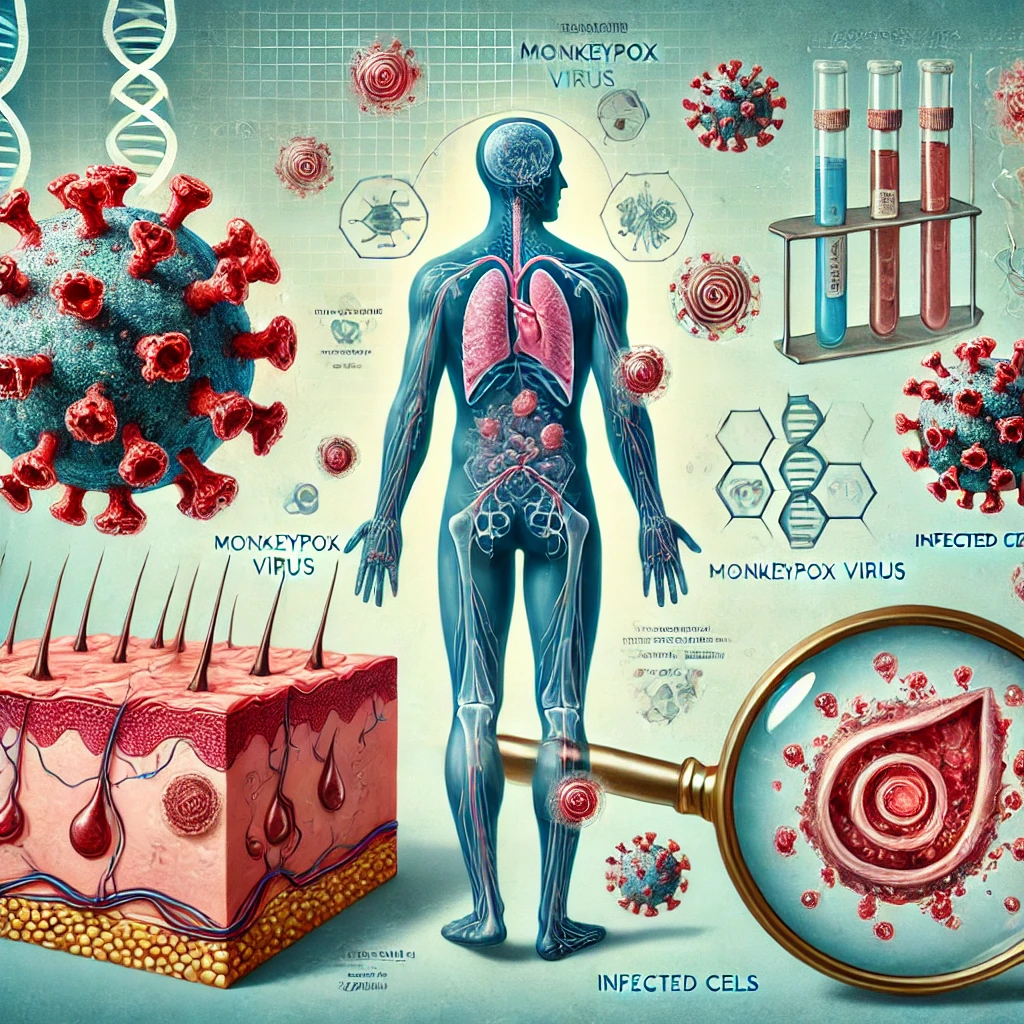
Summary
The rise of mpox, a disease caused by the monkeypox virus (MPXV), has been increasing in both endemic regions like Africa and new areas globally. The 2022 outbreak highlighted the pandemic potential of the disease, primarily affecting men who have sex with men (MSM). Factors contributing to its rise include waning immunity after smallpox vaccination cessation, human-to-human transmission, and zoonotic exposure to wildlife reservoirs.
Key Factors Driving Mpox Spread
- Decline in Population Immunity: The cessation of smallpox vaccination in 1979 led to a significant reduction in immunity to MPXV, contributing to more cases of mpox.
- Zoonotic Transmission: Increased human exposure to wildlife, combined with habitat encroachment and reliance on wild animals for food, has driven the rise of mpox in endemic regions.
- Human-to-Human Transmission: The virus has spread efficiently through sexual contact, with rapid geographic spread due to migration and travel.
Vaccination and Control Efforts
The article emphasizes vaccination as a key tool for controlling mpox. The JYNNEOS vaccine is effective against clade II mpox and safer for immunocompromised individuals. The WHO's recent approval of the vaccine should facilitate better access to it in endemic regions, though logistical and cost challenges remain.
Research and Future Preparedness
- Genomic Mutations: MPXV is showing evidence of genetic mutations that could impact diagnostics, treatment, or virulence, but these changes are not yet significant.
- Medical Countermeasures: There is a need for further research into antiviral treatments and more effective vaccines, particularly those with temperature stability for global use.
Conclusion
Mpox poses a growing global health threat, necessitating a multi-faceted approach, including enhanced vaccination programs, research, improved diagnostics, and international collaboration to prevent future outbreaks and manage the disease effectively.
Firearm Injuries in North Carolina: Research Insights

Research by the Emergency Medicine & Injury Prevention Research Center shows firearm injuries in North Carolina are pervasive and increasing, but preventable. Findings highlight the impact of social determinants of health, geographic disparities, and the importance of evidence-based prevention strategies.
Key Findings
- In 2022, 1,782 people were killed by firearm violence in North Carolina—approximately five deaths per day.
- N.C. EMS responded to 3,379 firearm-related incidents, including fatal and nonfatal injuries.
- Firearm injuries often cluster in areas with higher poverty, unemployment, and other adverse social determinants of health.
Prevention Strategies
- Safe storage of firearms prevents access by children and at-risk individuals.
- Community and hospital-based programs address the root causes of firearm violence by improving social determinants of health.
- Interventions should account for geographic and demographic differences in firearm violence.
Data Visualization and Research Tools
UNC researchers developed an interactive “StoryMap” featuring county-by-county visualizations of firearm injuries, including assaults, self-inflicted injuries, and unintentional firearm injuries. These tools aim to help policymakers, community leaders, and the public understand firearm violence and implement tailored interventions.
Research Team and Support
The research team included experts from UNC’s Emergency Medicine, Epidemiology, and Health Informatics departments. The project was funded by the American Public Health Association.
Acetaminophen in Pregnancy: Safe or Not?

Summary
Acetaminophen (APAP) is widely used during pregnancy and is considered "probably safe" by the FDA. It is commonly recommended for fever, pain, and viral illnesses, as untreated fever can lead to serious risks such as neurodevelopmental disorders and neural tube defects.
Potential Risks
Observational studies have suggested a link between prenatal acetaminophen exposure and conditions like ADHD, autism, asthma, and lower IQ. However, these associations do not prove causation, as other health factors may be involved.
Scientific Findings
A Swedish study of 2.5 million children found slightly higher rates of neurodevelopmental disorders among those exposed to acetaminophen in utero, but a sibling-controlled analysis found no significant connection. Animal studies have raised concerns, but they often involve unrealistically high doses.
Should Pregnant Women Take Acetaminophen?
While more research is needed, experts agree that treating fever and severe illness in pregnancy is crucial. Physicians should encourage judicious use of acetaminophen for minor pain but emphasize the importance of managing fevers during pregnancy.
Conclusion
Acetaminophen is likely safe for short-term use in pregnancy, especially for treating fever and viral illnesses. However, its use should be carefully considered for non-essential pain relief. More rigorous studies are needed to settle this debate definitively.
Research Papers
Advancements in AI-driven Diagnostics for Cancer Detection
John Smith, Emily Davis, Michael Brown, Sophia Wilson
See PDFAbstract
Artificial Intelligence (AI) has revolutionized cancer detection with an accuracy rate exceeding 92.5%. In recent studies, AI-driven algorithms have reduced misdiagnosis by 37%, significantly improving early-stage detection. Machine learning models, trained on datasets containing over 500,000 patient records, enhance precision in diagnosing breast, lung, and prostate cancers. With a projected adoption rate increase of 65% in the next decade, AI continues to refine medical imaging techniques, reducing error margins by 23%. This study explores the integration of AI in pathology, radiology, and genomics, emphasizing its potential in personalized medicine and real-time diagnostics.
The Impact of Climate Change on Agricultural Productivity
David Johnson, Sarah Lee, James White
See PDFAbstract
Climate change has led to a 12% decline in crop yields over the last two decades. Rising temperatures and fluctuating precipitation patterns have affected global food security, with developing nations experiencing up to a 30% reduction in staple crops such as wheat and rice. This study evaluates the role of sustainable agricultural practices, including precision farming and drought-resistant crops, in mitigating adverse effects. By implementing adaptive strategies, global food production could see a potential increase of 18% by 2040. The paper provides insights into predictive modeling for climate adaptation and resilience planning in agriculture.
Breakthroughs in Renewable Energy: The Rise of Hydrogen Fuel
Olivia Martin, Kevin Harris, Laura Thompson, Henry Walker
See PDFAbstract
Hydrogen fuel has emerged as a promising alternative energy source, projected to account for 20% of global energy consumption by 2050. With an energy efficiency of up to 75%, hydrogen-based solutions are reducing carbon emissions by 45% in industrial applications. This paper explores recent advancements in hydrogen production, storage, and utilization, highlighting key developments in electrolysis efficiency and cost reduction strategies. As the global investment in hydrogen infrastructure surpasses $150 billion, the transition to a sustainable energy future appears increasingly viable.
Neuroscience and Cognitive Enhancement: Ethical Implications
Sophia Clark, Daniel Martinez, Ava Hall, Jason Adams
See PDFAbstract
Advancements in cognitive enhancement technologies have sparked ethical debates surrounding brain-machine interfaces, neurostimulation, and pharmacological enhancement. With 65% of surveyed neuroscientists supporting regulated neuroenhancement, this paper examines the potential societal impacts of such interventions. Research indicates a 40% improvement in memory retention and cognitive performance among test subjects utilizing non-invasive brain stimulation techniques. The discussion encompasses the ethical boundaries, risks of dependency, and equitable access to cognitive enhancement technologies.
Blockchain in Healthcare: Transforming Medical Data Security
Ethan King, Charlotte Moore, William Carter
See PDF
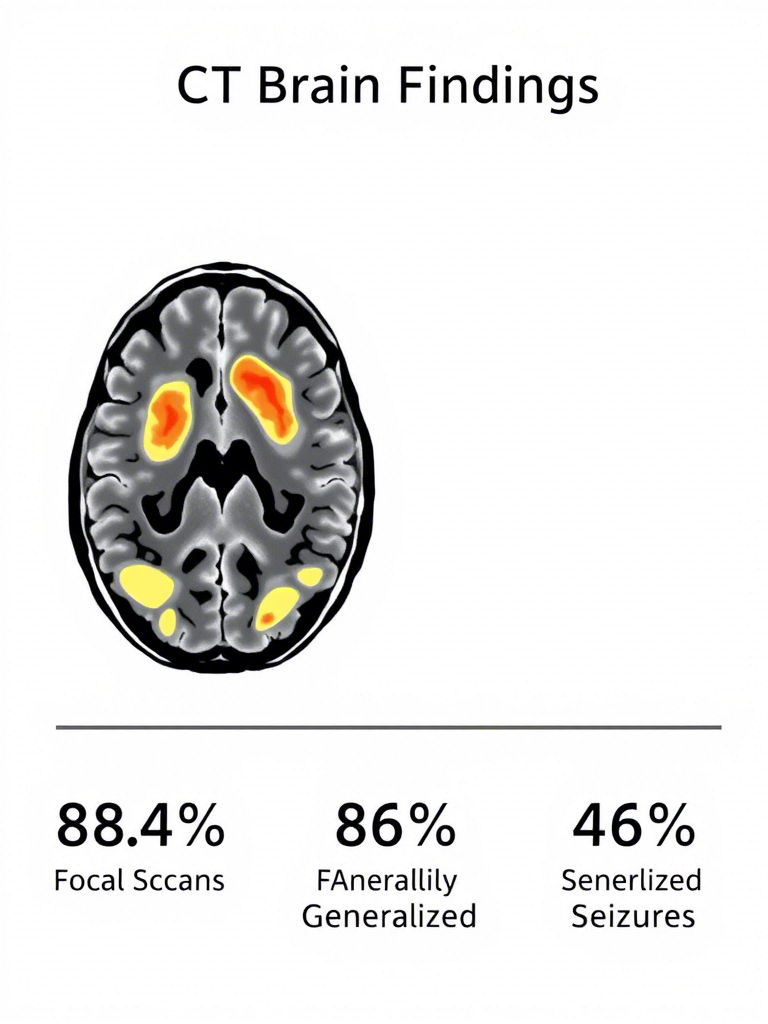
Abstract
The adoption of blockchain technology in healthcare has increased by 58% over the past five years, enhancing data security, interoperability, and patient privacy. With over 72 million patient records compromised annually due to cyberattacks, blockchain offers decentralized encryption solutions reducing breaches by 47%. This paper explores the role of blockchain in secure patient data exchange, smart contracts for insurance claims, and decentralized clinical trial management, positioning it as a revolutionary tool in modern healthcare.
